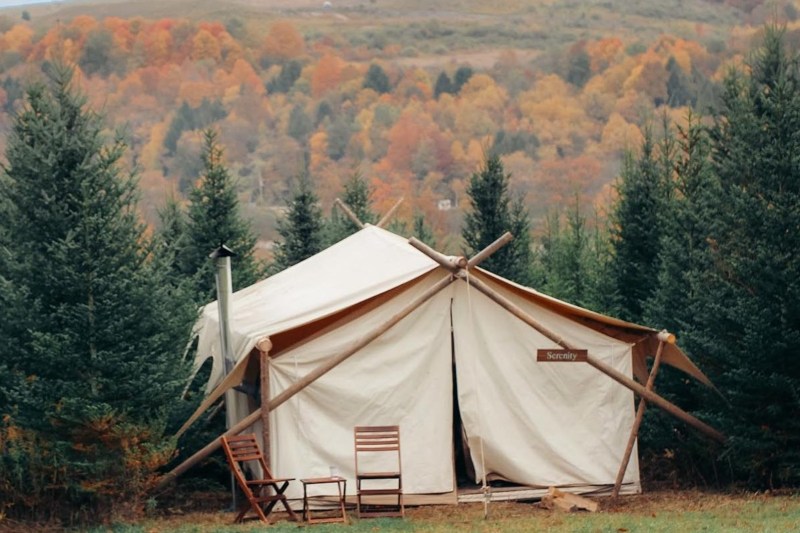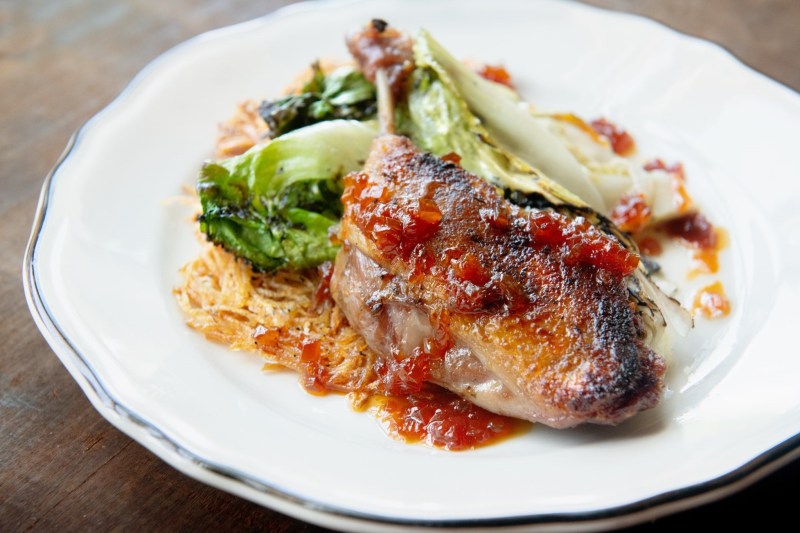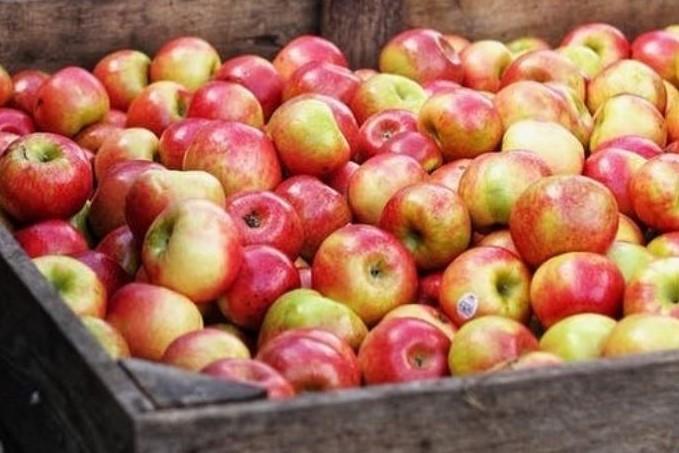
During the pandemic, when foreign travel was largely inaccessible to most Americans, Anna Baird came to a surprising realization. Magical, oft-overlooked places lay hidden right in her own backyard in western Pennsylvania and Western Maryland. “There isn’t a single view that would indicate modern living at all,” said Baird describing the area. “It’s just these beautiful rolling hills and bright blue sky.”
Such is the backdrop for Hideaway Co

The great outdoors is only one part of the draw. The food and drink scene is another appealing feature — one that doesn’t involve cooking a can of beans over a campfire. “You don’t need to worry about being able to start a fire in order to eat,” said Baird. “We’ve got you covered on that.” Award-winning Pittsburgh chef Brian Pekarcik curates the classic menu, with locally sourced farm-to-table fare like spring onion tartlets, rack of lamb with dandelion greens and fennel purée, or ricotta dumplings served in a forest mushroom fricassee. You can get your lunch (housemade Wagyu pastrami on rye is one favorite option) to go, and have it picnic-style while exploring some of the region’s attractions.
Related Guides
This year, Pekarcik will be sharing the kitchen with some of Pittsburgh’s top culinary talents as part of Hideaway’s visiting chef series. “Pittsburgh has gotten to be known for the food scene and it’s certainly evolved in the last decade,” said Baird. “Our lineup is really awesome.” Kate Romaine of Black Radish Kitchen, Cory Hughes of Fig and Ash and Joey Hilty from The Vandal will bring their own creative vision to Hideaway throughout the year. Guests can choose to dine in the open-air dining tent or have the meal delivered to their private tent.
First-rate libations are an integral part of the Hideaway experience. “This year we’re focusing a lot on seasonal cocktails, microbrews, and natural and organic wines,” said Baird. Hideaway also offers a grab-and-go service. “We’ll have our own specialty cocktails canned on-site, so people can just grab those at the end of the night or the middle of the afternoon. You’ll always have a good cocktail within reach.”

There’s much to explore in the area near Hideaway Co. Fallingwater, Frank Lloyd Wright’s architectural masterpiece, is around 30 miles north of Hideaway. It’s even closer to Deep Creek Lake State Park, a little-known gem with forested hiking trails, sandy beaches, and an inviting lake that’s irresistible on hot summer days. That sense of discovery is what Baird hopes to inspire in her guests. This region has “really been underrated,” said Baird. “There are these tucked away communities that people are just starting to either discover or rediscover. And they’re gorgeous.”
Nearby rivers hold untold possibilities for aquatic adventures. You can go white-water rafting amid the spectacular scenery along the Youghiogheny River, home to class V rapids, as well as gentler stretches perfect for a slow, scenic float tour. For something more low-key, you can explore by standup paddleboard the hidden coves and cliff-backed banks of the Savage River. Cyclists can get their fill of bucolic beauty on the Great Allegheny Passage (the 150-mile rail trail connecting Pittsburgh with Cumberland, Maryland), accessible just 25 miles to the north. Hideaway Co runs an excursion program for those wanting to take advantage of the great paddling, rafting, hiking, and horseback riding possibilities. “And we can also take folks to work farms,” added Baird. A Wildom Farm tour showcases a regenerative farm that prioritizes animal welfare, ecology, and human health. The valleys and hills of Minor Hickory Farm make a fine backdrop to an ATV adventure, with stops to admire the 300 cattle and goats along the way.
Travelers who would rather just unwind on the property aren’t overlooked. Massages are available by advance booking, and complimentary yoga sessions are also offered at Hideaway. Some weekends feature craft activities, with an artist in residence leading hands-on workshops devoted to nature photography, enameling, block-printing, beading, and fiber arts. “All things that require little if no major equipment and can be done right there on-site,” said Baird. The vast range of offerings and nearby attractions is perhaps the best feature of a stay here. “You can make Hideaway Co whatever kind of weekend you wish to make it,” explained Baird. “There isn’t one way to do Hideaway.”

Baird credits the long days of lockdown for helping to spark the idea to create the glamping experience. “People’s sense of travel has changed,” said Baird. “Folks have a new appreciation for what’s closer to them rather than jumping on a plane and going across the Atlantic.” Last year Baird did a beta run in the Laurel Highlands near Rockland, Pennsylvania. “It went really well and we decided to go with it,” she said. This year, Hideaway Co has moved across the state line to Cove Pastures in Maryland. “We are excited to introduce our guests to Branch Bender Cidery, which we are calling home for the 2021 season.”
There, hundreds of acres of forest and rolling farmland make a memorable backdrop to reconnecting with Mother Nature. As a bonus, the multigenerational farm produces artisan hard cider. “They’re just one of many incredible local purveyors,” Baird explained. The region is packed with sustainable farms and innovative local food producers. “It is a complete bounty. Anything that you need is right there.” Baked goods are provided by The Rolling Pin, a charming nearby bakery that serves up outstanding pieces of bread and pastries, “and the best donut I’ve ever had,” said Baird. “Fresh donuts are served onsite every Saturday morning, which is awesome and dangerous at the same time.”



